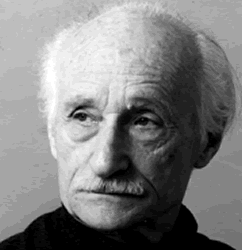About Bogen's Gallery
By Abba Kovner
The artist Alexander Bogen, Commander of a Partisan Battalion
http://www.thepartizans.org/memories.asp?id=61&cat=memories
Some chronicles and narratives of the destruction of European Jewry during the Second World War, survived.There are collections of evidence. Yet of them all, drawings and sketches are the rarest we have. This is a singular pictorial record, maybe a unique one. This is not surprising. In an emergency one may set out to record what happens day after day in furtive, barely intelligible notes, in what is virtually a code; on the assumption that when the time comes someone will decipher what is written or restore from memory whatever may be missing. But the writer has little in common with the graphic artist, who must use any fleeting opportunity to fix a unique occasion once for all by means of a single line or dab of colour.
The written chronicle differs inevitably for the illustrated one, not only thanks to its means of expression but primarily because of the gap between the psychological approaches of those who write or draw. The writer aims to encode the event as a piece of authentic evidence. He is satisfied with the historical links to what actually happened. The artist, on the other hand, aims at a permanent record of the event, something that is a work of art no matter how realistic it may appear. His connection with events will inevitably remain largely aesthetic - aesthetic even in a crumbling, ruinous world of horror
To meet with the painter's sketch-book here is n unnerving experience. Scores of sheets were used at times and places and under conditions when aesthetic values would appear to have been absolutely unimaginable. In spite of which Alexander Bogen noted down and now offers us part and parcel of those days, the very essence of what happened. Here are drawings which leave their impress not only because of "the story behind the picture", but thanks to their own pictorial and aesthetic values. Here, one senses, is an incomparable pictorial record, authentic, artistic in its quality and range.
When I first met Alexander Bogen at the Stephan Batory University in Vilna, he was on the verge of graduating from the Academy of Plastic Art; and in the Ghetto we met again when all was coming to an end.
An end. And that may be the explanation. There was the general, to total termination in the Vilna ghetto, to be sure. Yet Alexander Bogen was one of the young Jews who was sustained by absolute faith, even under those conditions. By thought and deed he called for a revolt against whatever Fate might offer, against the acceptance of any final end.
I remember how he came to the Fighters within the beleaguered Ghetto as a representative of the Forest Partisans. In due course he came back as commander of a Jewish Partisan Unit that was operating within the Narocz Forests. In his assured presence I seemed to identify the same certainty as his brush had shown when he stood at his easel in the Academy.
There is nothing absurd in saying this. Maybe this rare quality, taken with his artistic gifts and talents, can help us to understand what anyone looking at Bogen's documents will find so astounding: namely the unquestionable innocence and beauty displayed by the scenes he chose, in Ghetto and forests alike.
We who were there, and we who have read the literature, know the horror and terror. Yet they are not presented here in any surface display.
For the artistic vision involves a harmony in line, form and colour, a universe which is in essence ordered. How can a collapsing universe, one that is crumbling and falling apart - how can a world of ruin be displayed by such means?
Nothing but a fighting faith could have sustained Bogen's consistent ties and links with Art. Nothing else could have enabled him to emerge the victor. For the Artist as Artist is an optimist in the last resort.
What can be more stirring and moving than Optimism, even during the abysmal and calculated destruction of all that is human?
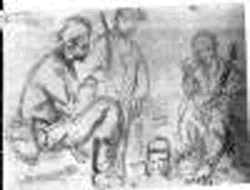
Partisans eating (2412Wx1832H) - Pencil
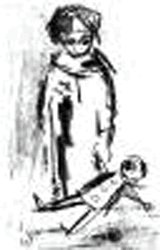
Child with doll (1348Wx2116H) - Lithography
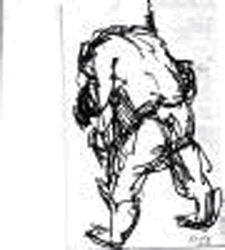
Rescue (2384Wx2656H) - Rescue
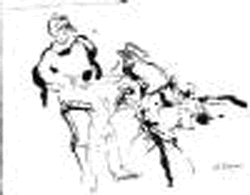
Fire ! (1828Wx1424H) - Fire !
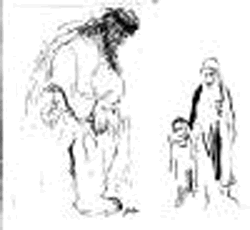
The Last (1856Wx1712H) - Wood-Cut
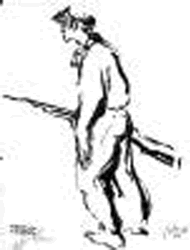
On the Alert (1548Wx2032H) - Charcoal
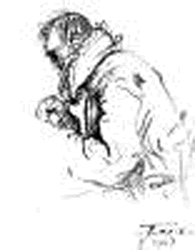
The Bread Ration (1572Wx2028H) - Charcoal
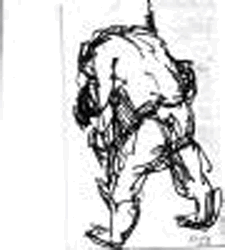
Rescue (2384Wx2656H) - RESCUE
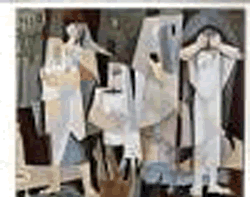
Holocaust (3212Wx2552H) - oleo 160 X 200 cm. Museum Yad Vashem Jerualem - 1970
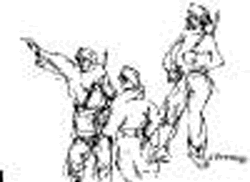
Battle (3508Wx2552H) - Battle
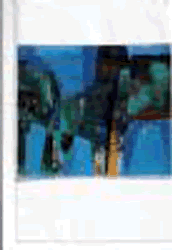
Apocalypse (2436Wx3508H) - apocalypse
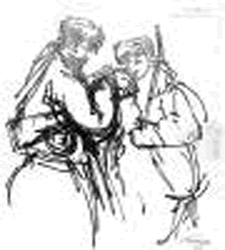
Brothers in Arms (1924Wx2140H) - Indian Ink
For gallery go to:
http://www.thepartizans.org/memories.asp?iType=46&cat=memories&offset=0
